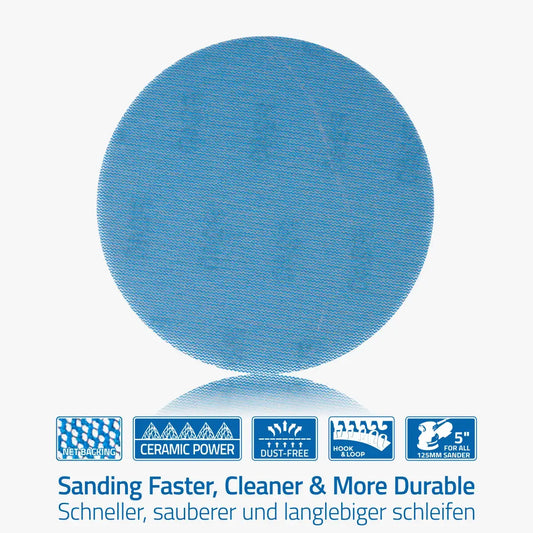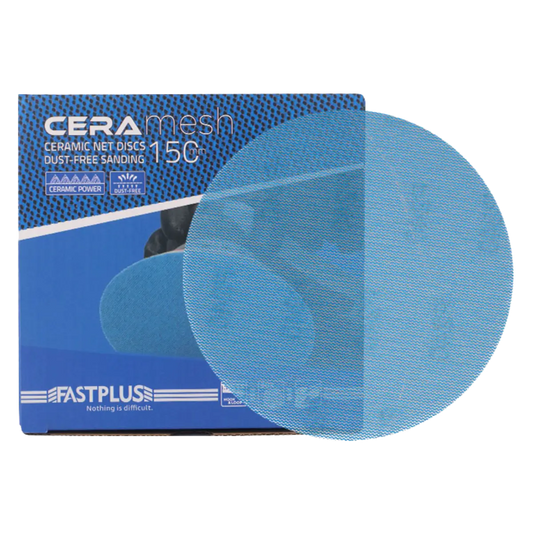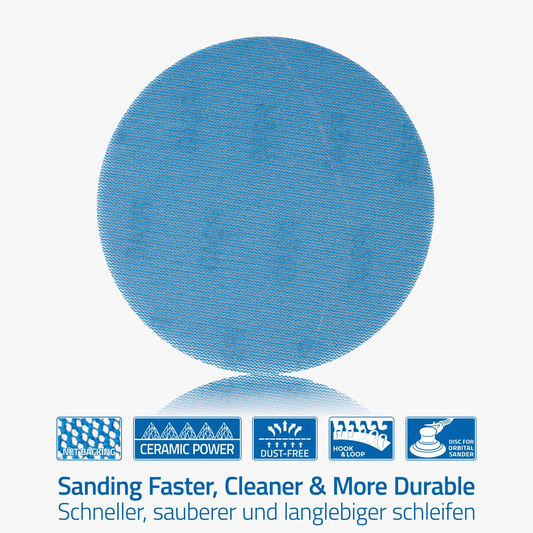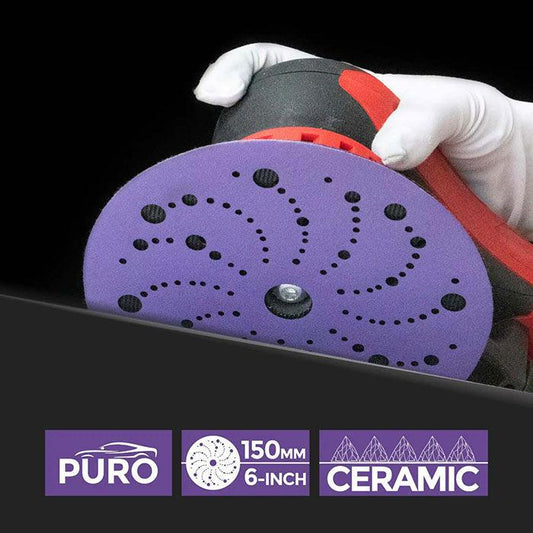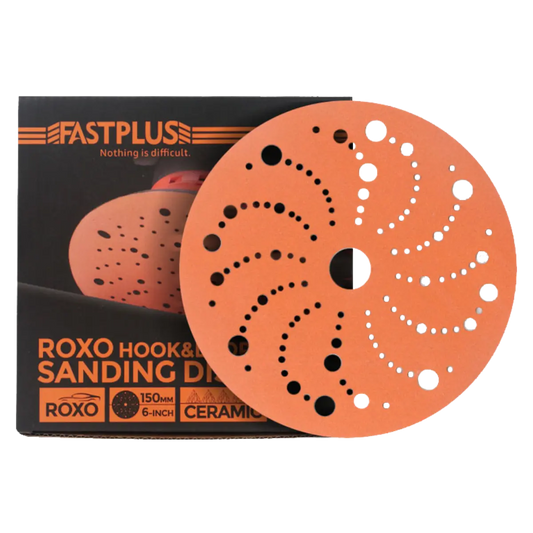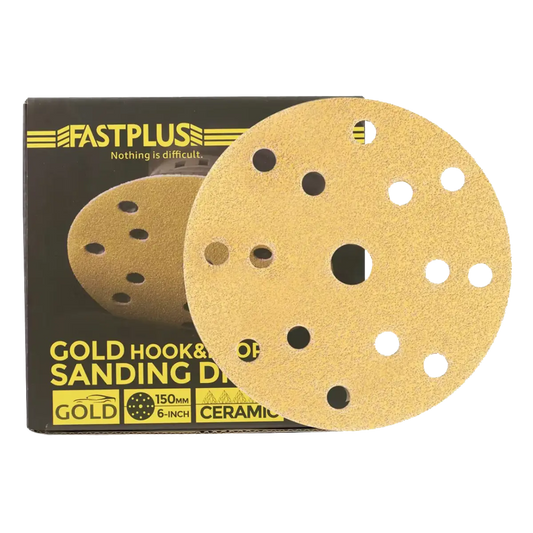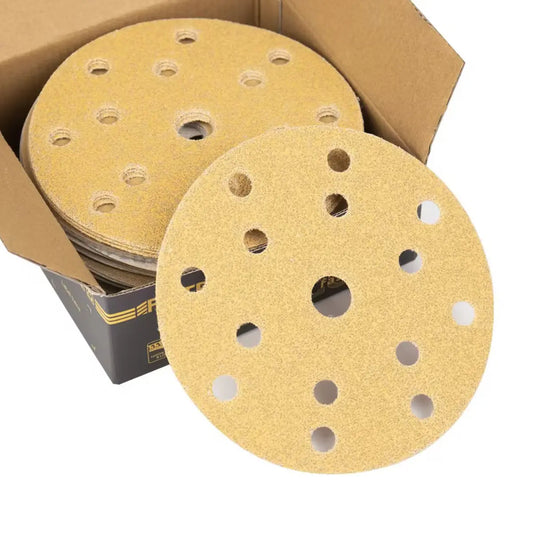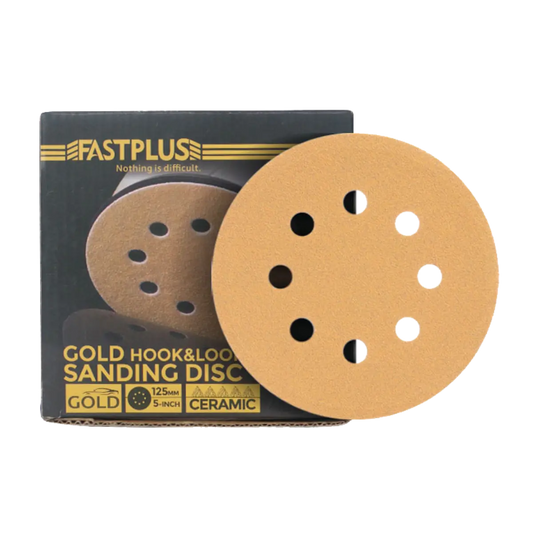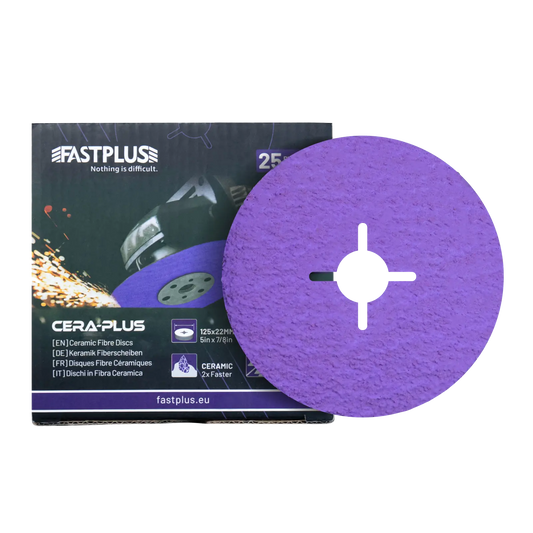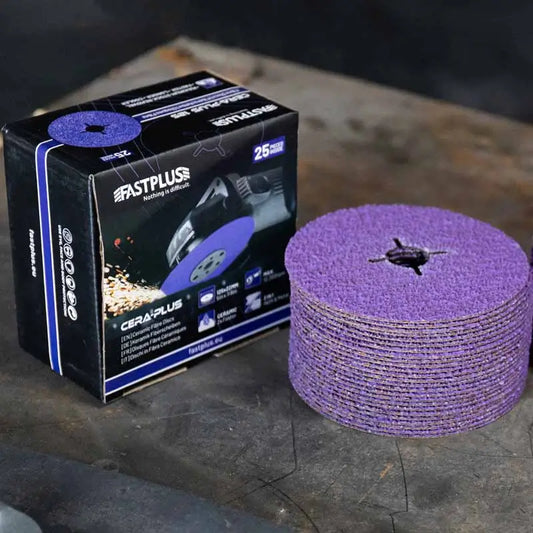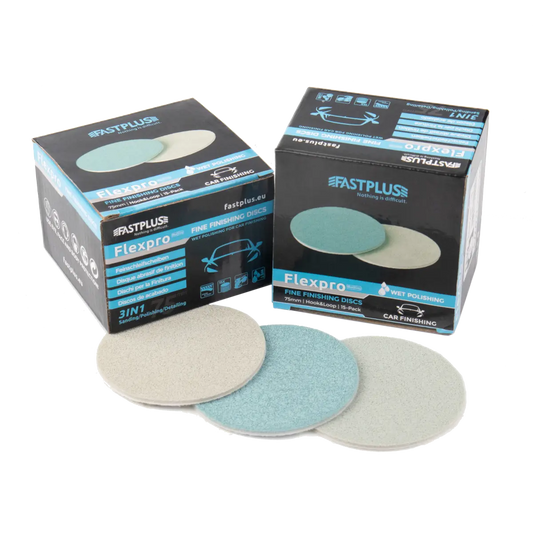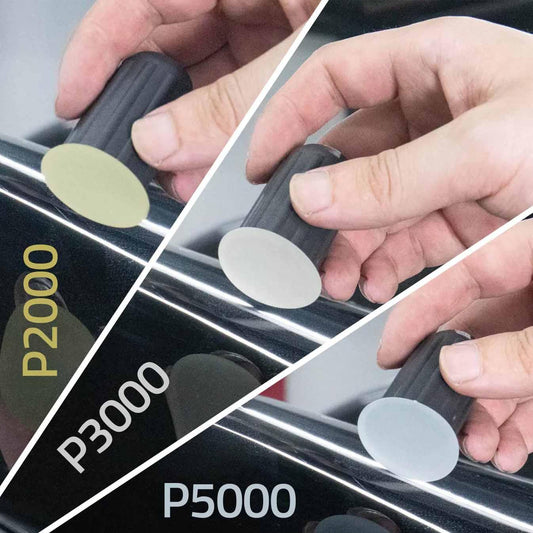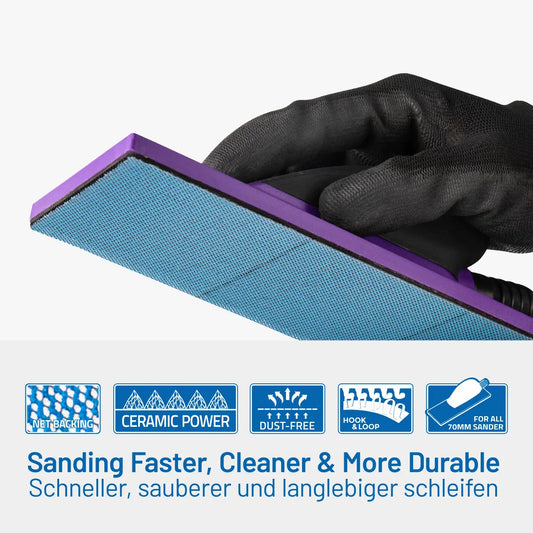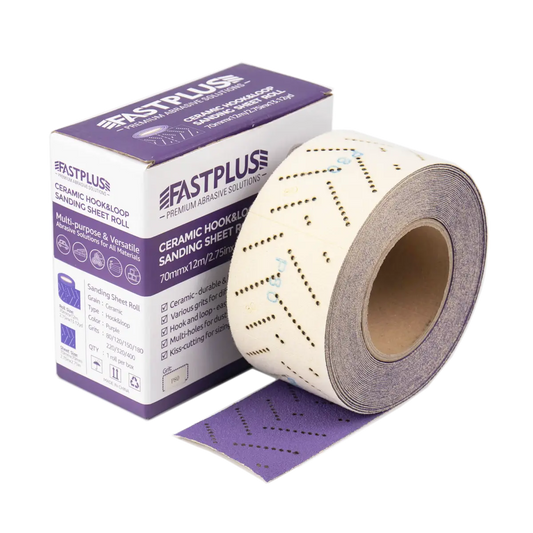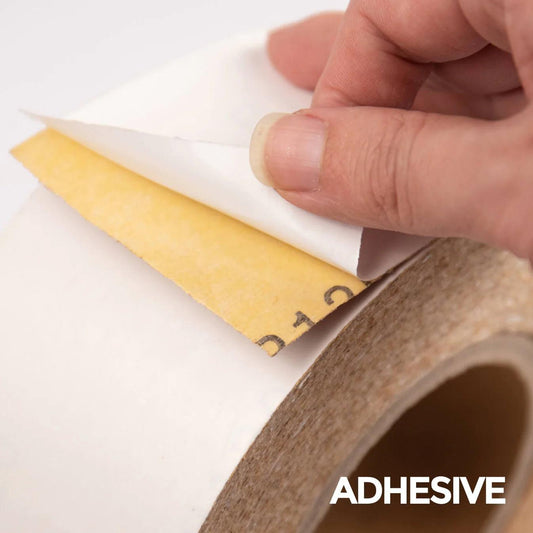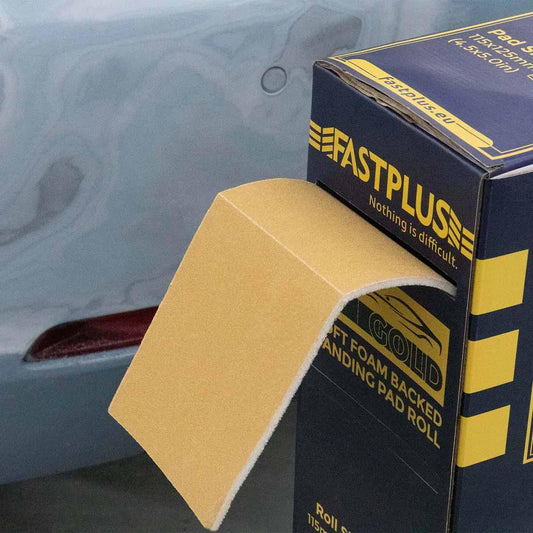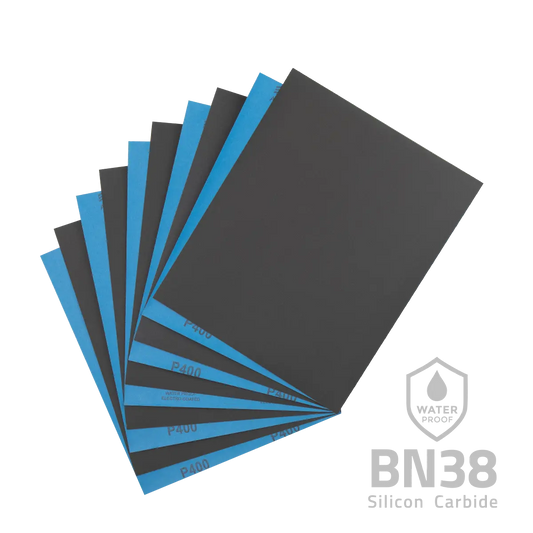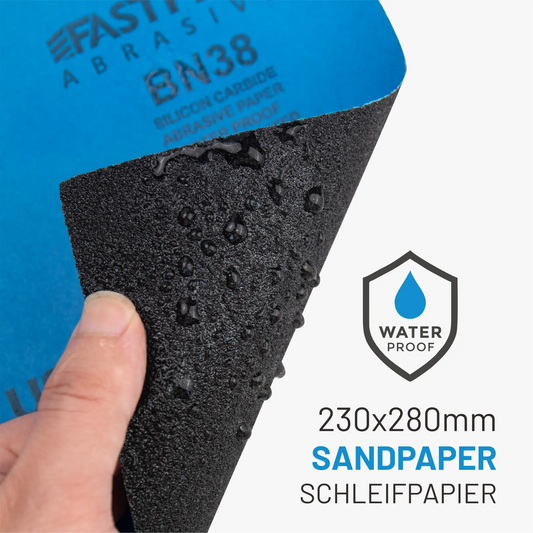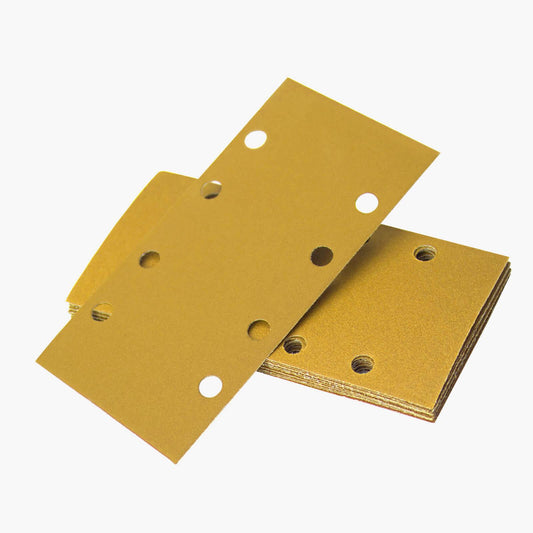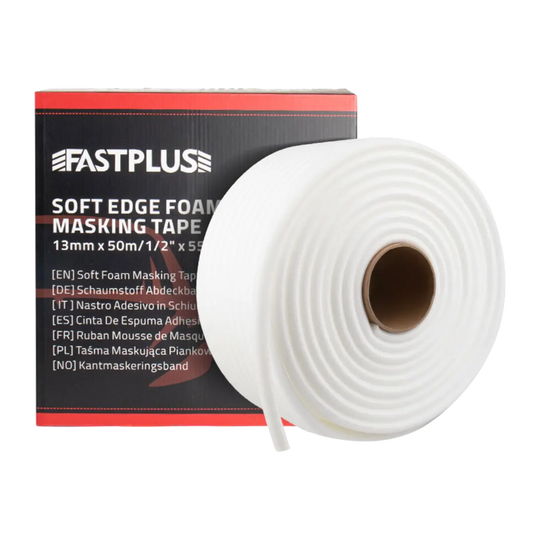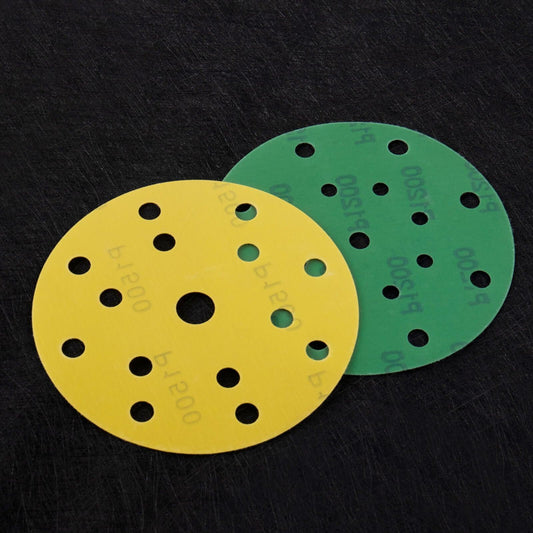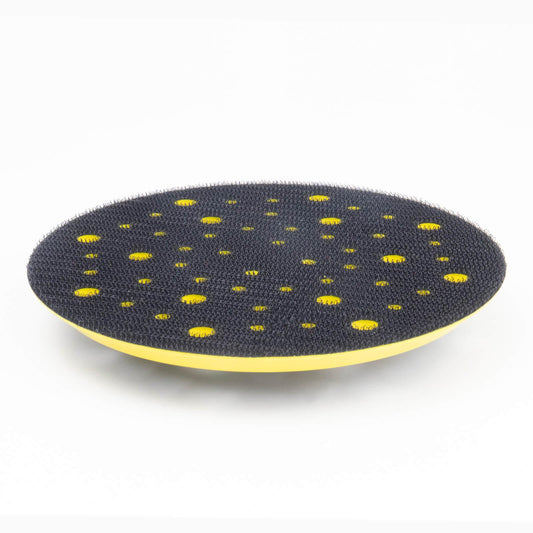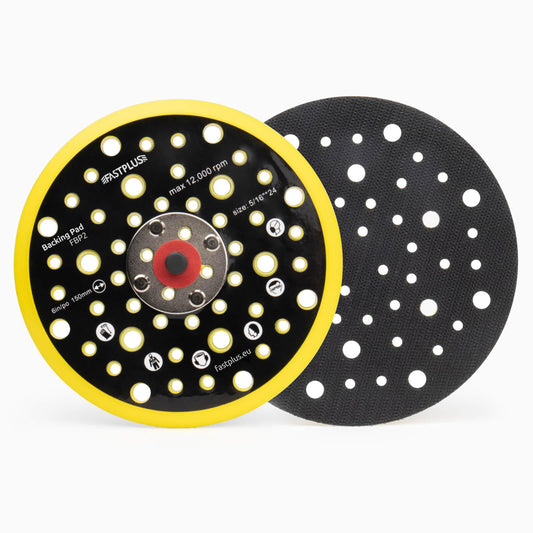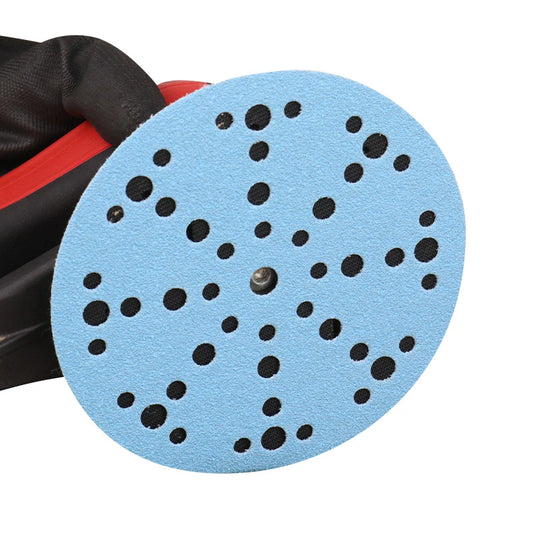
Hand Sanding vs. Machine Sanding: Which Is Right for Your Project?
Sanding is one of the most fundamental steps in woodworking, metalworking, and finishing projects. It’s a process that can dramatically affect the appearance, durability, and overall quality of a finished surface. Sanding can be done by hand or with a machine, and each method has its own advantages, limitations, and ideal applications. Understanding the differences between hand sanding and machine sanding can help craftsmen, DIY enthusiasts, and professionals choose the right approach for their projects.
In this article, we will explore the benefits, drawbacks, techniques, and use cases of both hand sanding and machine sanding, helping you make informed decisions to achieve superior results.
Understanding Hand Sanding
Hand sanding is the traditional method of smoothing or shaping surfaces by using sandpaper or sanding blocks manually. This method has been used for centuries and remains widely relevant today, especially for tasks that require precision, care, or working in tight spaces.
Advantages of Hand Sanding
-
Precision and Control
Hand sanding gives the user complete control over the pressure, angle, and motion applied to the surface. This is crucial for delicate tasks such as sanding intricate moldings, corners, edges, or curved surfaces. A skilled craftsman can feel subtle variations in the surface and adjust sanding accordingly. -
Minimal Material Removal
When working with expensive materials, veneers, or thin wood, hand sanding allows for careful removal without the risk of over-sanding. It is ideal for finishing touches where a gentle hand is needed. -
Cost-Effective
Hand sanding requires minimal tools—just sandpaper or a sanding block. There’s no need for electric tools, which makes it more accessible for hobbyists and small projects. -
Quiet and Dust-Light
Unlike power sanders, hand sanding produces less noise and less airborne dust, creating a more comfortable working environment, particularly in indoor spaces.

Limitations of Hand Sanding
-
Time-Consuming
Hand sanding is slower than using a machine, especially for large surfaces. Sanding a door, floor, or table manually can take hours compared to minutes with a machine. -
Physical Effort
Hand sanding can be physically demanding, particularly on larger projects. Extended periods of sanding may cause fatigue, soreness, or strain on the hands and wrists. -
Consistency Challenges
Achieving a perfectly even surface requires skill and experience. Inconsistent pressure or motion can create uneven areas, swirl marks, or scratches that are difficult to remove.
Understanding Machine Sanding
Machine sanding, also known as power sanding, uses electric or pneumatic sanders to speed up the sanding process. These machines vary in design, including orbital sanders, belt sanders, drum sanders, and detail sanders, each suited to specific tasks.
Advantages of Machine Sanding
-
Efficiency and Speed
Machine sanders can cover large areas quickly, reducing project time dramatically. Belt sanders, for example, are ideal for leveling rough wood surfaces, while orbital sanders excel at finishing without leaving deep scratches. -
Consistent Results
Power sanders maintain even pressure and motion over the workpiece, reducing the risk of uneven surfaces. This is particularly useful for flat or broad surfaces like tabletops, doors, and flooring. -
Versatility of Tools
Different sanding machines are designed for specific applications. Detail sanders allow access to corners, edges, and curves, while drum and belt sanders are suited for heavy stock removal. This versatility makes machine sanding suitable for a wide range of projects. -
Reduced Physical Strain
Machine sanding reduces manual effort, saving the user’s energy and minimizing the risk of fatigue or repetitive strain injuries.
Limitations of Machine Sanding
-
Cost and Maintenance
Power sanders require a financial investment, and high-quality machines can be expensive. Additionally, they need maintenance, replacement parts, and consumables like sanding belts or discs. -
Risk of Over-Sanding
Inexperienced users can remove too much material quickly, damaging the surface or altering dimensions unintentionally. Machine sanding demands careful handling and understanding of tool speed and grit selection. -
Noise and Dust
Power sanders are noisy and generate more dust than hand sanding, often requiring protective gear, dust collection systems, or ventilation.
Limited Precision in Some Cases
For highly detailed or delicate work, machine sanders can be too aggressive. Fine curves, intricate carvings, or fragile veneers often benefit from the nuanced control of hand sanding.
Comparing Hand Sanding and Machine Sanding
To better understand which method to choose, consider the following factors:
| Factor | Hand Sanding | Machine Sanding |
|---|---|---|
| Speed | Slow, time-intensive | Fast, efficient |
| Precision | High, ideal for edges, curves, and detail | Moderate to high depending on tool type |
| Material Removal | Controlled, minimal risk | Quick, risk of over-sanding |
| Surface Size | Best for small areas | Best for large surfaces |
| Cost | Low (sandpaper or blocks) | Higher (sander and consumables) |
| Physical Effort | High | Low |
| Noise and Dust | Low | High |
| Skill Requirement | Moderate to high (requires feel and finesse) | Moderate (requires tool knowledge) |
Choosing the Right Sanding Method
The choice between hand sanding and machine sanding depends on the project requirements, material type, desired finish, and the user’s experience.
Hand Sanding is Ideal For:
- Small, detailed projects: furniture trim, carved wood, or moldings.
- Delicate surfaces: veneer, softwoods, or fine metals.
- Finishing touches: smoothing minor imperfections before finishing or painting.
- Cost-conscious DIY work: where investing in a machine may not be necessary.
Machine Sanding is Ideal For:
- Large, flat surfaces: doors, tabletops, floors, and cabinets.
- Stock removal: rough wood, reclaimed materials, or uneven surfaces.
- Time-sensitive projects: when efficiency is crucial.
- Professional workshops: where consistency and repeatability are important.
Tips for Hand Sanding
- Use the Right Grit: Start with coarse sandpaper to remove material, then progress to finer grits for a smooth finish.
- Sand with the Grain: This prevents scratches and preserves the wood’s natural appearance.
- Use a Sanding Block: Helps maintain even pressure and avoids uneven spots.
- Keep Sandpaper Clean: Remove dust buildup to maintain effectiveness.
- Apply Even Pressure: Avoid digging into the material or creating low spots.
Tips for Machine Sanding
- Choose the Right Sander: Orbital sanders for finishing, belt sanders for stock removal, and detail sanders for tight areas.
- Start with Appropriate Grit: Begin with a coarser grit to level the surface, then gradually move to finer grits.
- Keep the Sander Moving: Avoid staying in one spot to prevent uneven sanding or gouges.
- Use Dust Collection: Protect your lungs and maintain a cleaner workspace.
- Test on Scrap Material: Ensure speed, pressure, and grit selection suit your surface before starting the main work.
Combining Hand and Machine Sanding
For many projects, a combination of hand and machine sanding yields the best results. Machine sanding can quickly remove material and level surfaces, while hand sanding provides precision and refinement. For instance:
- Woodworking: Use a belt sander for rough leveling, followed by orbital sanding, and finish with hand sanding along edges or intricate details.
- Metalworking: Machine sanding with an angle grinder or orbital sander removes rust or paint, then hand sanding smooths corners and prepares the surface for finishing.
- Furniture Finishing: Machine sanding for large panels, hand sanding for fine detailing, ensuring a flawless finish ready for stain or paint.
Safety Considerations
- Hand Sanding: Wear a dust mask or respirator to avoid inhaling fine particles. Use gloves if sanding rough materials.
- Machine Sanding: Wear eye protection, hearing protection, and a dust mask. Keep loose clothing away from moving parts and ensure proper dust extraction to reduce hazards.
Conclusion
Both hand sanding and machine sanding have distinct advantages and limitations. Hand sanding excels in precision, delicate work, and finishing, while machine sanding is unmatched for efficiency, consistency, and large surfaces. The choice depends on the project type, material, time constraints, and desired finish quality.
For optimal results, many professionals recommend a hybrid approach: leverage machine sanding for speed and bulk removal, and finish with hand sanding for control, finesse, and perfect surface preparation. Understanding the strengths of each method ensures you achieve smooth, high-quality finishes on any project, whether woodworking, metalworking, or refinishing furniture.
Sanding may seem like a simple task, but it is an art in itself. Choosing the right method and using it skillfully can transform a project from ordinary to exceptional.



